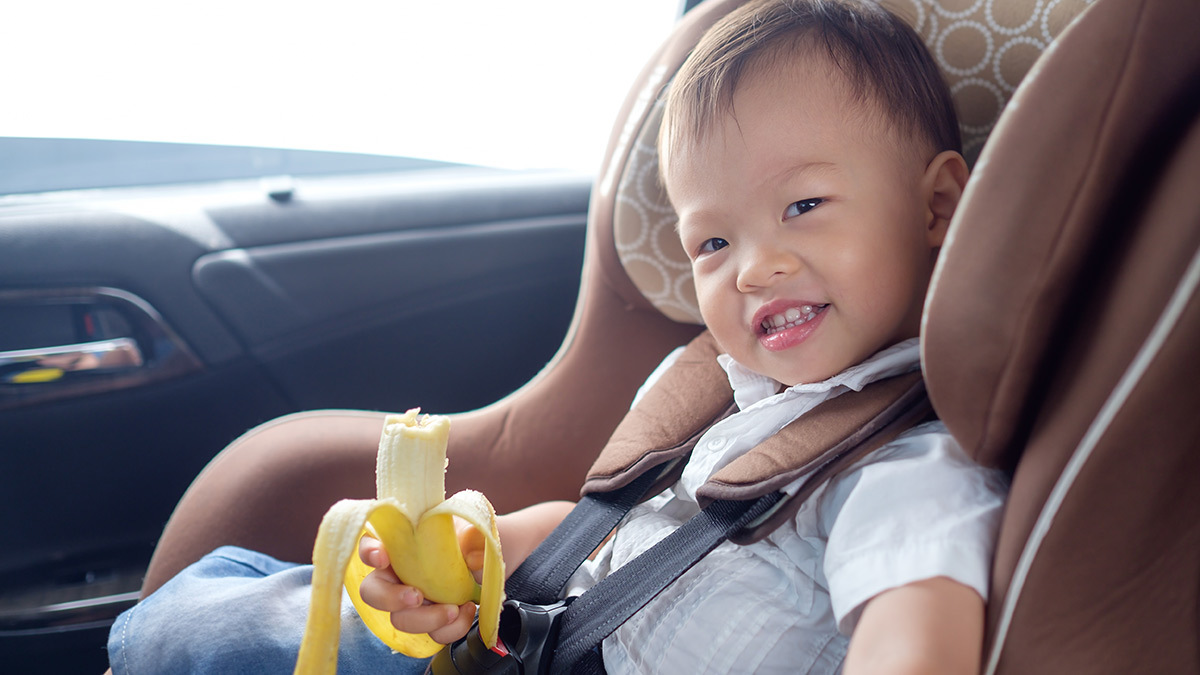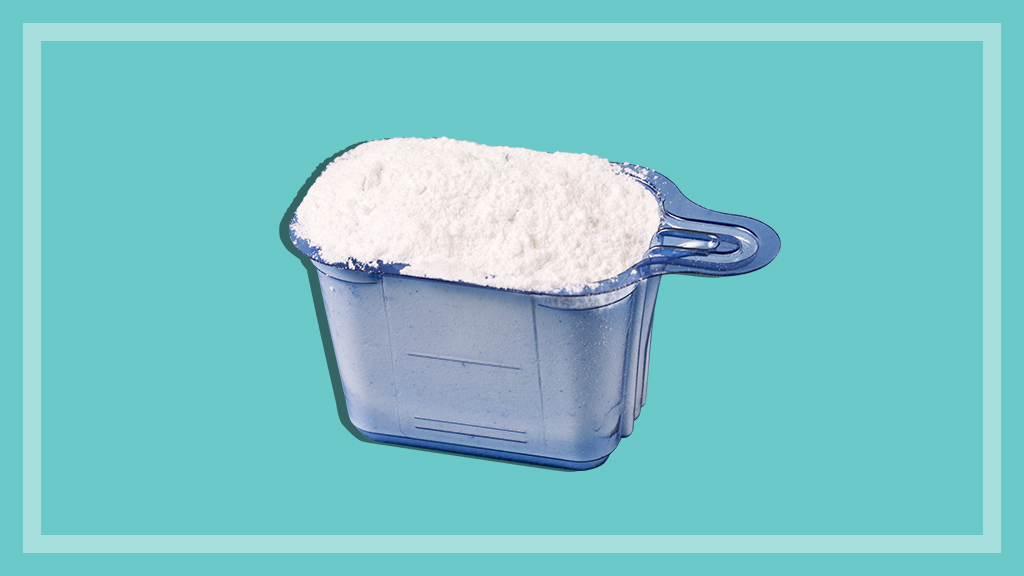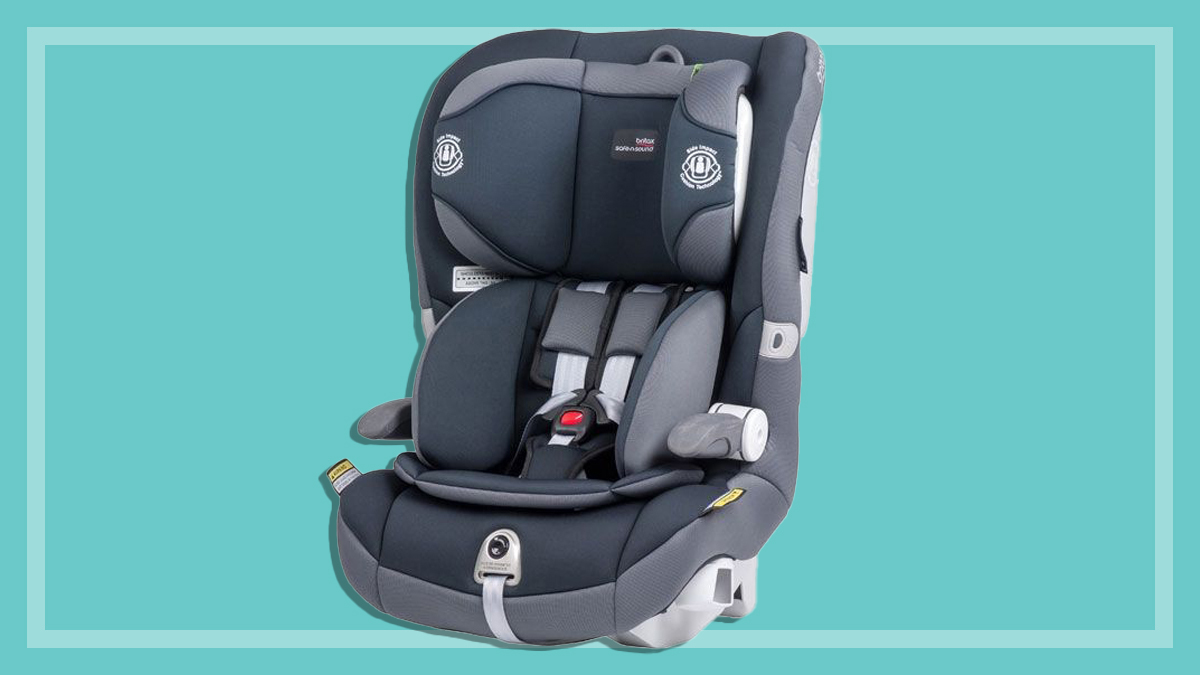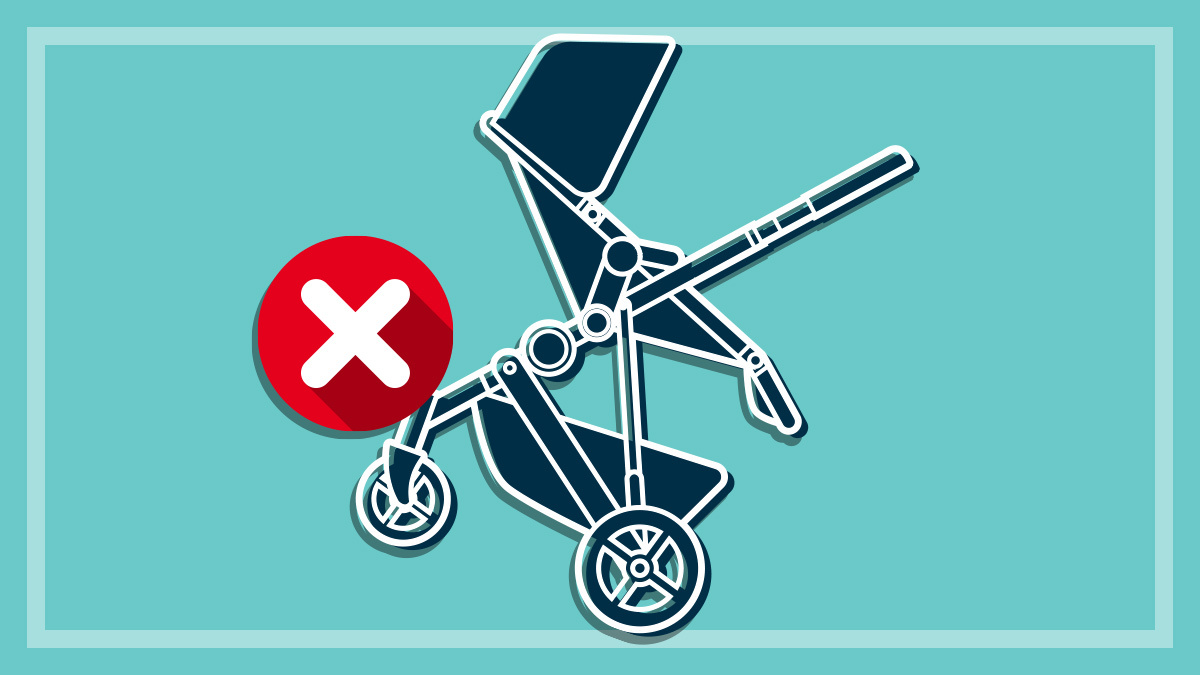Get our independent lab tests, expert reviews and honest advice.
How to clean baby and child car seats

Parents of babies and toddlers know all too well that washing can take over your life, what with all the poonamis, projectile vomit and spilt milk.
One item that tends to get forgotten about is the baby car seat. But these are actually pretty simple to clean and in most cases the covers can simply be thrown in the washing machine.
Here’s our step-by-step guide to washing your baby or child’s car seat.
This article gives general advice only. Always follow your car seat owner’s manual for instructions on how to wash and dry your specific model.
1. Vacuum the car seat
Do this before removing the fabric covers to avoid spreading the mess throughout your car.
2. Remove the fabric covers
If possible, do this without removing the car seat from your car, as many safety issues can occur if you don’t reinstall it correctly.
Check your instruction manual for any specific advice about removing the covers, and take photos as you go so you have a reference for how it should look. By the time you’ve washed and dried the fabric covers, you may have forgotten exactly where each bit goes.
CHOICE TIP: Some car seats have a polystyrene foam component. If you can see that it’s been damaged from regular wear and tear, you’ll need to replace the whole unit.
3. Clean the fabric covers
You can clean many car seat covers in the washing machine, but others are hand-wash only, so you should always refer to the manual for detailed instructions. Also, check if there are any inserts that you need to remove before washing.
Mild detergents are typically recommended (don’t use bleach) and you should follow the temperature guidelines to avoid damaging the fabric.
Some manufacturers state you can tumble dry the covers, otherwise leave them to air dry.
4. Clean the harnesses and straps
Spot clean using a non-abrasive cloth, mild detergent and warm water. Don’t stick them in the washing machine as this could damage the fabric, meaning it might not work properly in the event of a collision.
5. Clean buckles
It’s usually best to spot clean buckles with warm water, although some manufacturers say you can use soap.
6. Clean the plastic frame
Wipe down with a damp cloth, mild soap and water. Remove any soap residue with a clean, damp cloth.
7. Reassemble the car seat
Once everything is clean and dry, you can start putting it back together. Refer to any photos you took as well as the instruction manual.
Reassembling the seat correctly is vital, as any errors could affect how well it protects your child
If you removed the car seat during step 2 above, but aren’t confident about reinstalling it, use an authorised fitter. If you want to do it yourself, follow the manufacturer’s instructions and pay attention to the details.
What cleaning products should I use?
Generally, you should use a mild detergent and avoid bleach and other strong chemicals, which might damage or weaken some surfaces. You should also use only damp sponges or cloths, as anything abrasive such as steel wool will damage the seat.
Avoid harsh chemicals
“The best type of car seat cover can be easily wiped down for cleaning, or removed without having to take the entire seat off,” says CHOICE household goods expert Kim Gilmour.
“It’s best to avoid using harsh chemicals for cleaning that might affect things such as flame retardants in the material, or the integrity of any parts. Always follow the manufacturer’s instructions.”
Tips for keeping you car seat clean
Sick of constantly cleaning up? CHOICE parents share their advice on how to avoid a messy car seat in the first place.
Terry cloth nappies
“We’ve had to deal with a lot of carsickness issues. When our twins were born we bought a bunch of cheap terry cloth nappies and rather than use them as nappies they’ve become general purpose clean-up-after-children cloths. Even now we pack a couple on car trips and either keep them handy or lay them over the kiddos’ laps. They’re a convenient size and are all right for catching crumbs, too. Most of all they’re super absorbent, which is helpful for cleaning up vomit.” – Andrea, DevOps Developer
Spew bags
“I buy spew bags at the chemist and keep them in the glove box, then act lightning fast at the first sign of vomiting. We have a ‘no food’ rule in my new car, but sometimes it’s broken if the food is easy to clean. No yoghurt allowed!” – Kate, data analyst
‘Make them clean up’
“For older kids, make them clean up any food mess they make. Keep cloths in the back seat for wiping sticky hands and a bin bag for wrappers etc and make them responsible for emptying the bin and putting used cloths in the washing.” – Rebecca, senior policy adviser at Super Consumers Australia.
No more yoghurt
“I feel like fighting the mess is like fighting the tide, you’re not going to win. I gave into the daily mess, but just committed to clean and vacuum behind them (and inside) once a month to stop the rats moving in. Also swore off yoghurt after my son vomited it up on the way back from the shops. We’ve cleaned it so many times, but I still get phantom whiffs now and then.” – Jason, acting audience and engagement editor.
Dry, non-crumbly food
“Dry, non-crumbly food only in the car seat. And a sick bag close to hand always!” – Ren, design manager.
Never without Nilodor
“A drop of Nilodor (a concentrated deodoriser) is my number one must-have to get rid of any bad smells. I’ve also tried that popular internet hack of giving kids snacks in plastic caddies and containers, but in reality it’s too much hassle. I just stick to my ‘no yoghurt, no sultanas’ rule – I can handle pretty much anything else.” – Marianna, commissioning editor






